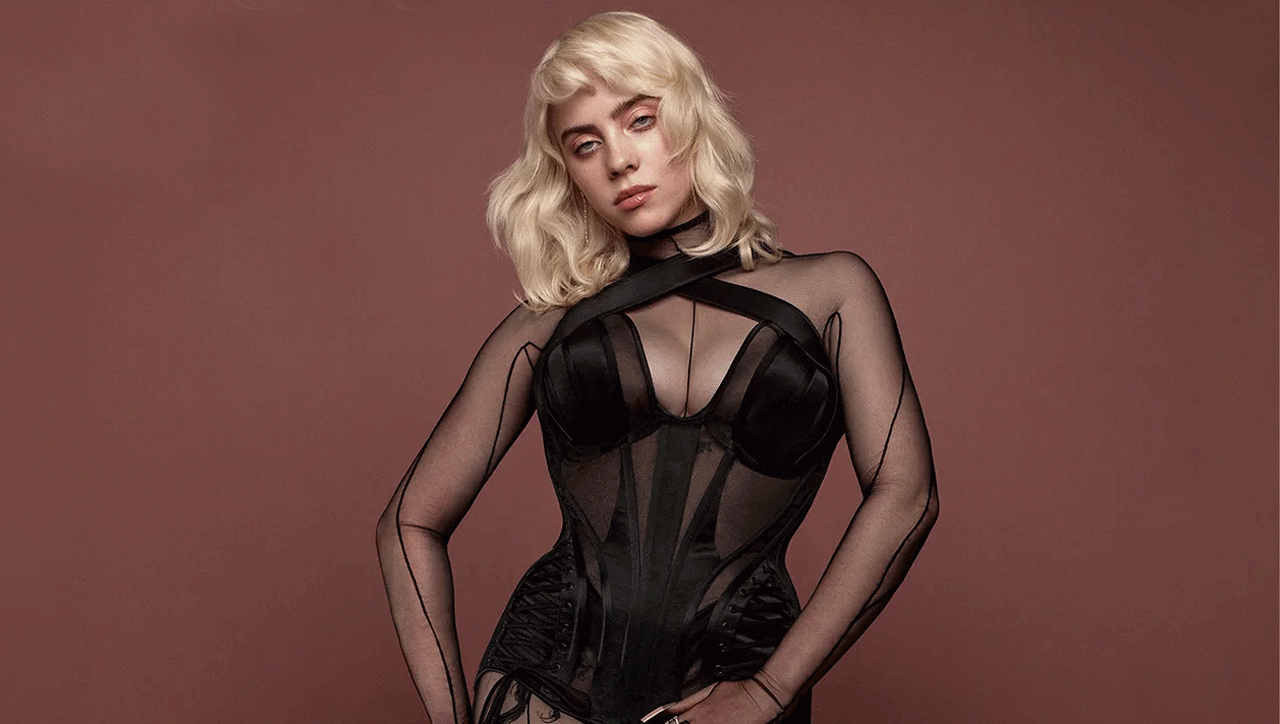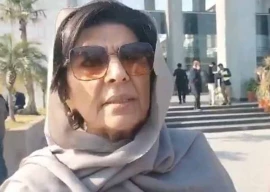
Comprising 25 pieces, sculptor Anjum Ayaz’s ‘Indus Bull’ series portrays the zebu bull in an abstract and majestic form. Held at Momart Gallery, the exhibition featured sculptures that were reminiscent of modern sculpture. Using varied surfaces and stone, Ayaz attempts to bring the zebu bull’s strength to the fore. The Express Tribune talks to the man behind the exhibit to explore what art really means to him.
“I’m eccentric and people call me crazy,” says Ayaz, who pursued a mere two years of education at the National College of Arts in Lahore. “I was so inclined towards the works of Sadequain that I left my degree and decided to become his apprentice,” he shares. Sharing his experience working with the art virtuoso, he says, “I used to work with him day and night and naturally, started to imitate his style. If I paint something today, no one will be able to tell the difference.”

With the aim of proving his mettle in art, Ayaz wished to carve his own identity and began exploring what medium he would want to use for his work. “Sadequain had never sculpted but I explored the medium. I wanted to be Anjum Ayaz,” he comments.
Surrounded by sculptures of the zebu bull made in stone and steel, the artist says he chose those materials because, “Steel and stone are permanent. They are left undamaged be it any weather.” He shares that not all of his pieces were carved or welded. Pieces such as the ‘Seal’ and ‘Relaxing’ were created using the method of mould and cast, for which he first sculpted the tablet in clay and then created the final form using marble dust.

Ayaz shares that art is a form of ‘self-expression’ for him. “What I feel and create is art for me. Art is an expression of self and everyone should be free to express it, whether it is through dance, acting, poetry, painting or sculpture.”
Having showcased his works across 17 countries, including Australia, Amsterdam and Beijing, Ayaz says he will always have penchant for Lahore and then Paris, where he lived and exhibited for three years during the early days. “My first exhibition was in 1975 at the Arts Council in Karachi. Whatever money I made through it, I immediately bought a ticket to Paris. But I missed home too much and returned to Lahore after three years,” he states.
Ayaz’s tryst with travelling has been fascinating for him, with his favourite being his experience in Tokyo, Japan. His chiselled, life-size stone sculpture titled ‘Smile’ rests in the city’s Azabu Shopping Area. “I sculpted a mother breast-feeding her child and tried to capture the expression of mere joy on the baby’s face when he is about to be fed,” he explains.

Since Ayaz usually exhibits internationally, his ‘Indus Bull’ series was something that linked him to home. “Around the world, people are drawing, painting and sculpting horses. What we don’t realise is how closely humans in Pakistan and around the world are related to the bull. It’s used for a number of things — we use it as transport, fertiliser for agriculture, drink its milk, and also use its dung to make fire in rural areas,” comments the artist.
Published in The Express Tribune, November 16th, 2014.
Like Life & Style on Facebook, follow @ETLifeandStyle on Twitter for the latest in fashion, gossip and entertainment.
































COMMENTS
Comments are moderated and generally will be posted if they are on-topic and not abusive.
For more information, please see our Comments FAQ